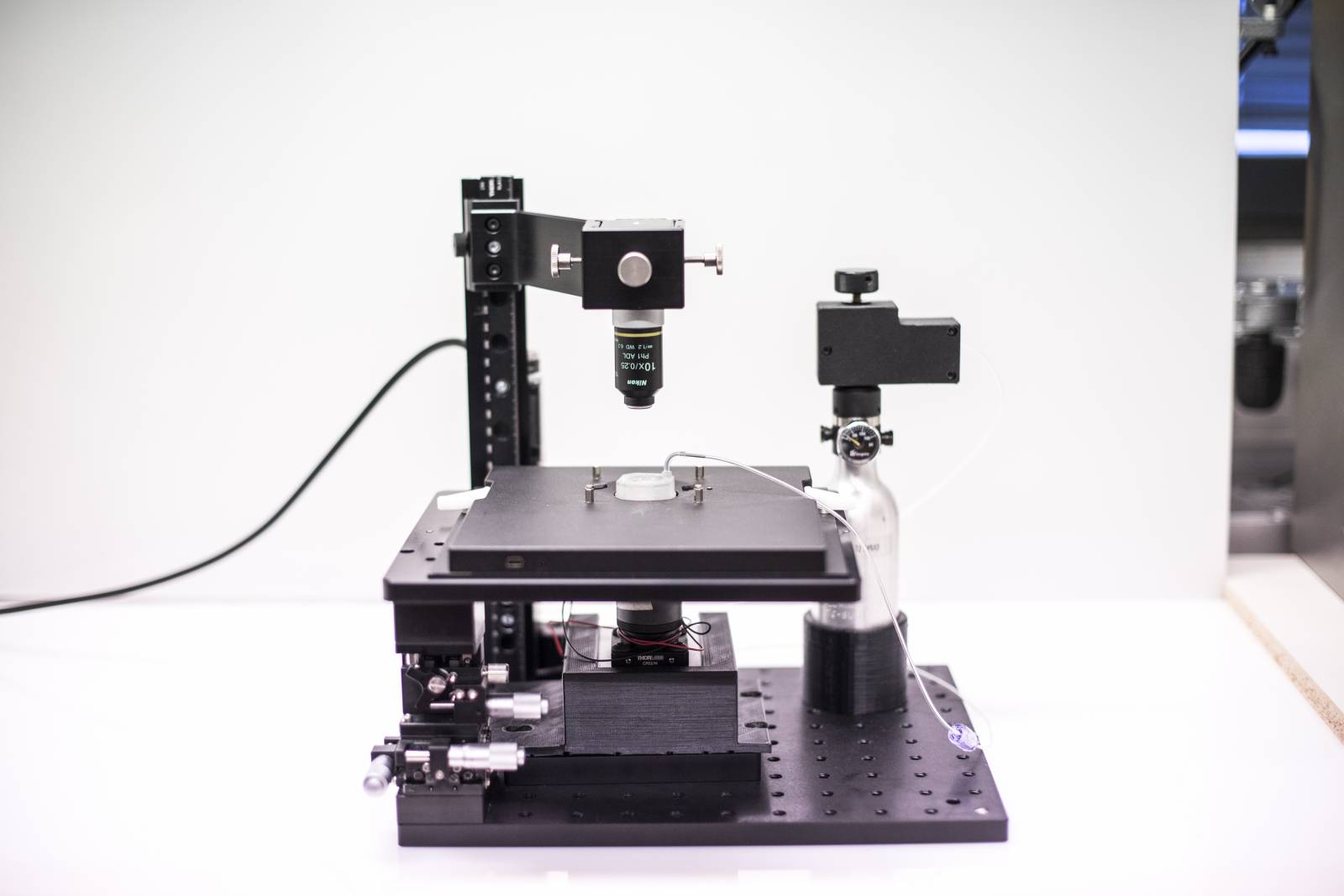Analysis of Temperature Response and Signal Propagation Between Dissociated Clusters Using Novel Video-Based Movement Analysis Software
Primary human cardiomyocytes (CMs) are difficult to obtain whereas human-induced pluripotent stem cell derived cardiomyocytes (hiPSC-CMs) are an easy source of human CMs for cardiac research, disease modelling, and future regenerative medicine applications. Due to their human origin, they overcome the limitations of animal models but their experiments require strict regulation of environment, including temperature control. Prolonged temperature fluctuations and hyper/hypothermia have shown to cause metabolic and cellular injuries or trigger shock reactions affecting field potentials and cardiac activity. In in-vitro experiments, temperature can affect cell attachment, rate of evaporation, sarcomere lengths and muscle force generation, all of which can lead to misinterpretations. The acute effect of temperature on hiPSC-CM functions has previously been studied but a complete picture of the underlying mechanism is still elusive. This paper reports long-term, systematic temperature response experiments in hiPSC-CM cultures outside a conventional incubator, but on a modular cell culturing system with two add ons – a TSP (temperature sensor plate) and a new beating analysis software CMaN (CM function analysis tool). The TSP enables temperature sensing from the actual cell locations, which is challenging with bulky external sensors. CMaN is an advanced and easy-to-use robust software. It is faster, more sensitive, computationally less expensive, and extracts 6 different signals of the contractile motion per process, providing at least one useful beating signal even in complex cases. The software also supports movement center detection and independent computation of the relaxation and contraction parameters. CMaN is available for download and is free to use. This is the first study reporting 1) the nonlinear dependence of temperature on the hiPSC-CMs beating frequency, 2) the contractile beating synchronization and signal propagation between disconnected clusters and their measurements by image processing. The system and software are useful additions to assay development and organ-on-chip experiments.
D. K. Rajan et al., “Cardiomyocytes: Analysis of Temperature Response and Signal Propagation Between Dissociated Clusters Using Novel Video-Based Movement Analysis Software,” in IEEE Access, vol. 8, pp. 109275-109288, 2020, doi: 10.1109/ACCESS.2020.3001191.

